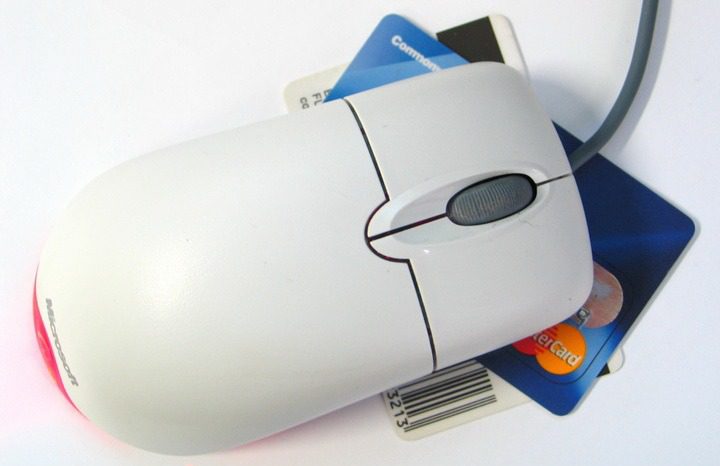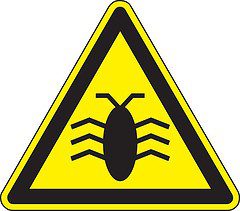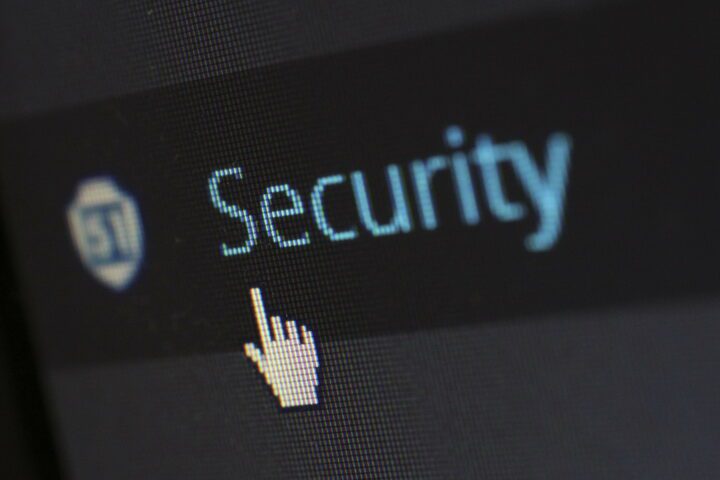Are Online Payment Services as Safe as Credit Cards?
Paying for stuff online isn’t scary new experimental technology anymore. In the last 12 months alone, nearly a hundred million separate people paid for things browsing on the computer or their cell phone.

They used mostly their credit cards or online payment services like PayPal or Google Checkout. And that’s not even counting all the Internet banking transactions that people used to pay their bills or transfer money to anyone.
So we trust them, and they do work. But it is still difficult to wonder each time you call up your PayPal username and password or your credit card’s VbV code – “What if there is malware somewhere on my computer or the bank’s computer, and it all gets stolen?”
We keep hearing that this or that bank had all of its records stolen – will we be next? What if some school kid in China or Russia made a wild bet to his friends that he would land credit card numbers and share the profits with them – and he picked you?
Well it might seem to you that there are two ways to go about this – you could pick the most secure service – the one that offers high-tech passwords and hacker proof computer security, or you could pick one that promises to reimburse you for any losses through unauthorized use.
Unfortunately, you don’t get both kinds of protection in one place. Let’s look at some of the most popular online payment services out there, and judge them for how much legal protection you get from them.
Starting with credit cards, the system that’s maybe 50 years old (or 123 years, if you count the idea for credit cards that appeared in an 1887 novel) is so widely popular, that it is the most widely hunted by scam artists.
You can never be completely sure when you’re using them – you don’t even have to go high-tech and think about the Russian hackers or spyware on your computer – the store clerk or the waiter at the restaurant could steal your number as he takes you card to process your payment right in front of you.
Your online payment services guarantee is to look for security trust signs from VeriSign, and to look for SSL encryption with the “https” prefix in your browser’s address bar and so on.
The newest versions of all browsers that have https also try to get your attention by shading the address bar green when all is well. The protections you get with a credit card are the best of all among the online payment services.
When you use the card in the real world and get robbed, you can owe up to $50. Paying online, you owe nothing at all. All you need to do is make sure you tell the bank quickly enough – although these days, the banks are looking a little more closely at your personal report before they do anything.
For extra protection with a credit card used online, you can ask your bank for a special one-time credit card number- the one that lets you have a new one each time you go online.
Debit cards are somewhat riskier, and they’re not governed by the same laws that protect you with credit cards – debit cards come under the Electronic Funds Transfer Act.
You still get the $0 online world protection, but only if you do it within two months of the occurrence of the actual fraud. Past that, you’ll be on the hook for the whole sum.
But what people really want to know with online payment services is how safe PayPal, Google Checkout and the others really are. The very concept they use, gives you a certain degree of protection. You don’t go and give your PayPal username and password to your online merchant – you just get redirected to the PayPal site, where you put in your information.
So the e-commerce website you’re dealing with doesn’t really have to be high security. But this whole conversation is about what happens when someone does get your information and go shopping with your online money.
Well if someone does do that, you could probably have a very difficult time ever seeing that money again. PayPal is not really a bank, and doesn’t really have the protection of any government laws.
So there you go: if you want to be safe with online payment services, use your credit card, or barring that, your debit card.








